Seasonal
Main Courses
To start appreciating an authentic taste for Madrid, it is essential to understand its origins and development during the Medieval and Modern times. The purpose of these routes is to offer the visitants a first taste of the unique historical features that still remain from the earliest moments of Madrid, some visible in the costumes and architecture, others deep rooted in the city's legends and memories.
Retiro Park: an oasis full of secrets
Retiro Park owes its name to the main activity that is still carried out in it, and for which it was conceived: a recreational place relatively far from the hustle and bustle of the city… Today it is part of the historic center of Madrid, however, the area that occupies this charming and secluded park, was a bucolic and country character site back in the time of the Catholic Monarchs. It was here when in the first half of the 17th century the Buen Retiro Palace, now disappeared, was built along with the ponds, pavilions, fountains, walks, amazing sculptures and fantasy gardens that characterize it. It was one of the places preferred by the different royal families for their leisure periods, although at that time only the Court had access to the park. Throughout the 18th and 19th centuries, the Retiro Park was scenario of various historical episodes, and witness to the political and economic changes that were taking place in Madrid. Evidencing a social order that was becoming obsolete, little by little the general public was given access to the park, until in 1868 it became the property of Madrid’s City Council. Today, many madrileños and also visitors continue to enjoy the beauty and placidity of Retiro Park: walking, sporting, dancing, listening to music, visiting exhibitions o simply passing through. However, the historical and artistic secrets that still hide in the palaces, pavilions and gardens remain oblivious for most people ... And you, do you want to know them?
Duration: 2 hours
Lenght: 2,5 km
This route is on every day from Tuesdays to Sundays, at 10 am. You can book your place or ask more questions here.
Madrid of the Bourbons: eternal landmarks
When the last Habsburg king, Charles II, died with no descendants, started a civil war for the succession in the Spanish throne that resulted in the entry of Philip V of Bourbon, the grandson of French King Louis XIV. From the year 1700, the Bourbon dynasty was established in Madrid with a large Court, which soon had its landmark in the new Versailles-style Royal Palace. Throughout the 18th and 19th centuries, important improvements were made to the infrastructures along with sanitation of many of Madrid's dark streets, changing forever the appearance of the city. At this time King Carlos III stands out, popularly nicknamed the ‘best mayor of Madrid’. Following the reformist and Enlightenment spirit of the moment, some of the first Royal academies, societies and museums were founded, which also made a change on some of the uses and customs of the people. Towering architectures were built, the city was adorned with lush palaces and fountains, and the neoclassical style was applied to most civil and religious buildings. At the city outskirts, where the old doors of the defensive walls were once located, new monumental gates and bridges were erected, symbolizing the opening of Madrid and the triumph of reason. However, the feeling of the slow decline of the empire and the many social and political upheavals stressed the dissatisfaction of the madrileños, who also claimed a particular sense of identity apart from external influences, being this masterfully painted by Goya ... Are you going to miss it?
Duration: 2 h
Lenght: 3 km
This route is on every day from Tuesdays to Sundays, at 12 am. You can book your place or ask more questions here.















